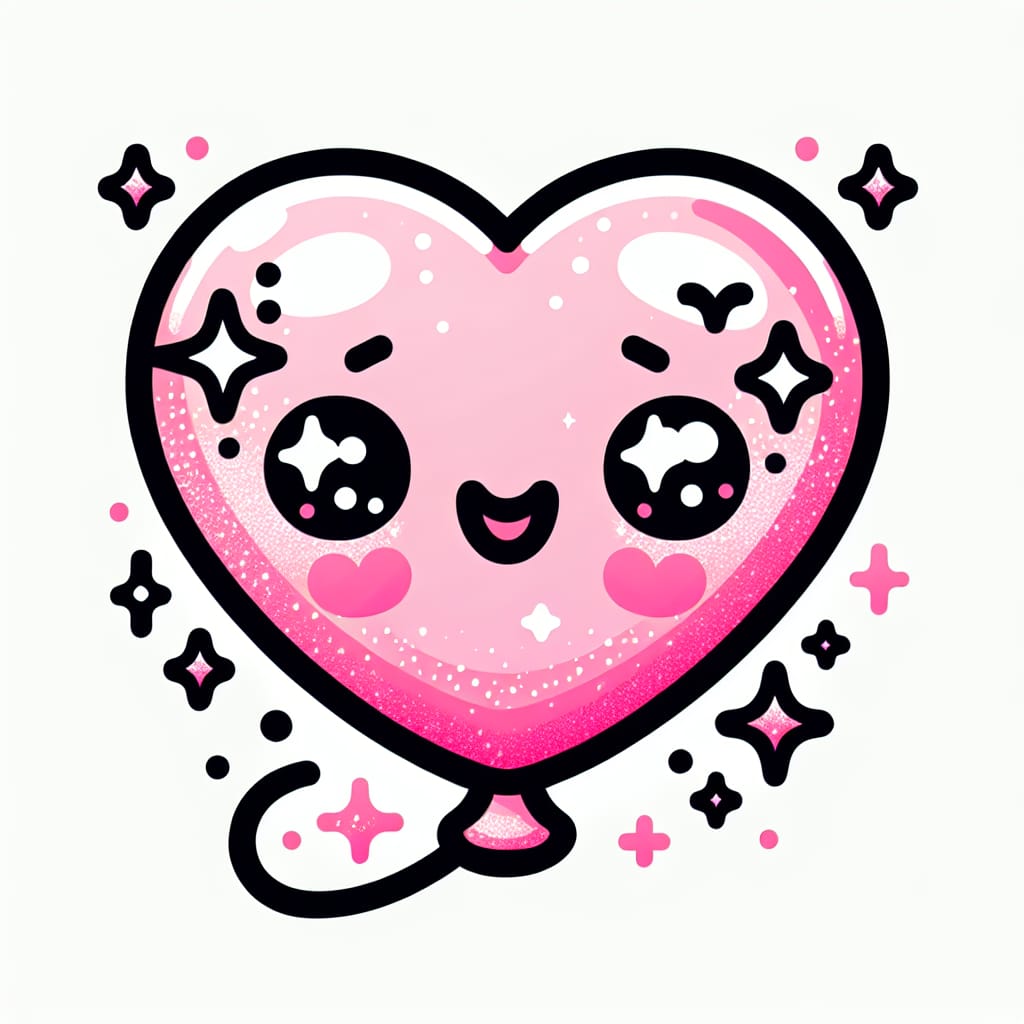
In this project, students will develop a game where different colored heart-shaped balloons float across the screen while the puppy character tries to catch them. Each time a balloon is caught, the score increases, but if a balloon disappears, the score decreases. The project will involve cloning balloons at random positions, using variables to track points, and implementing sensing to determine if the puppy catches a balloon. Messaging can be used to signal when a balloon is created or disappears.



These are the high level steps to create this project. Try to create the project on your own first as much as possible, before checking the detailed solution samples below.
This section provides detailed, step-by-step instructions on how to build the project. There are many ways to create a project, so feel free to explore different approaches. Please note that these instructions are Al-generated, so errors may occur and the coding blocks may not map to Scratch exactly. But it should serve as very valuable references. Stay attentive as you follow along, and enjoy!
First, add the puppy sprite to your Scratch project. Use the arrow keys to control the puppy's movement. You can use the 'when key pressed' blocks to move the puppy up, down, left, and right. This will allow the puppy to move around the screen to catch the balloons.
Add a heart-shaped balloon sprite to your project. Use the 'when I start as a clone' block to make the balloons appear at random positions at the top of the screen and float downwards. Use the 'create clone of' block to continuously generate new balloons.
Create a variable called 'Score' to keep track of the player's points. Increase the score by 1 when the puppy touches a balloon, and decrease it by 1 if a balloon reaches the bottom of the screen without being caught.
Use broadcast messages to signal when a balloon is created and when it disappears. This can help manage the game flow and provide feedback to the player, such as playing a sound or changing the background color when a balloon is missed.
It is common to have bugs in the code. Here are some of issues you might run into.
Enroll your child in award-winning online Scratch coding classes led live by experts and designed by professionals from Google, Stanford, and MIT.
The challenge continues: Enjoy even more Scratch tutorials dreamed up by other students or use your imagination to make your own!
Explore your child's grade level to find computer science classes and learning pathways that set your student up for success.